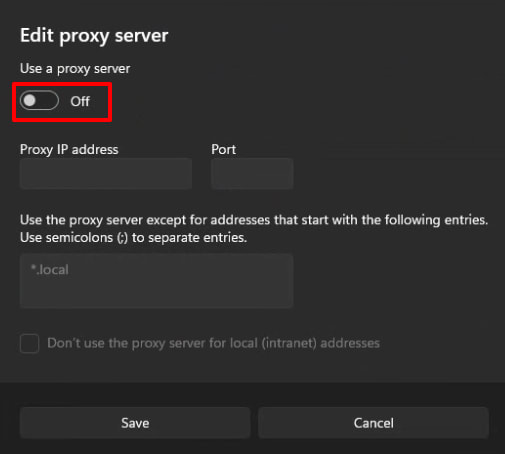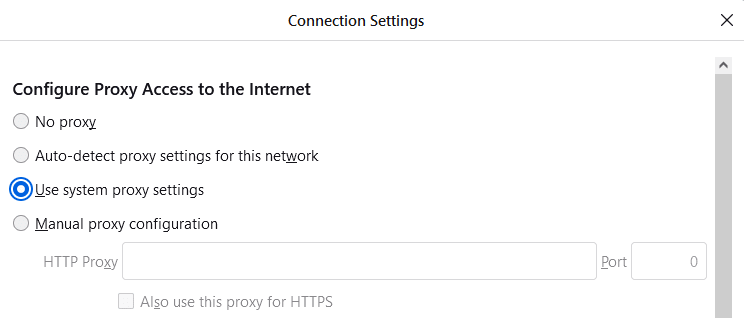Troubleshooting VPN connection issues on Windows
If you can’t sign to our VPN servers using our Windows app(new window), you’ll see this troubleshooting message:

As this message suggests, there are a number of possible reasons for the problem.
Your connection is blocked by your ISP or government
If you live in a restrictive country then your connection may be blocked by your government. To bypass this, you can try:
- Using our alternative routing(new window) feature. This routes connections through third-party networks that may not be blocked.
- Changing VPN protocol. Using OpenVPN or WireGuard® in TCP mode can be an effective way to bypass censorship, although it will not defeat advanced deep packet inspection (DPI) techniques. Stealth protocol can defeat even some DPI techniques.
Smart protocol will automatically cycle through all available VPN protocols (OpenVPN UDP, OpenVPN TCP, WireGuard® UDP, WireGuard TCP, and Stealth in Windows) to try to establish a connection.

Learn how to change your VPN protocol on Windows
There is a problem with your WiFi connection
Try getting closer to your router. If that fails, try resetting your router (turn it off, wait at least 10 seconds, then turn it on again). Restarting your PC can also fix many connection problems.
There is a problem with your internet service provider (ISP)
This may be due to maintenance being performed in your area, poor reception (if using a mobile connection), a technical problem, or a problem with your account. You can identify if the problem lies with your ISP by connecting over a different network (for example, using your phone as a mobile hotspot rather than WiFi).
If the issue lies with your ISP then you can wait to see if it resolves itself (maintenance is completed, the technical issue is fixed, etc.) or you can contact your ISP.
Your antivirus software is interfering with the VPN connection
Antivirus software may incorrectly interpret the connection to our VPN server as suspicious. Temporarily disable or remove your virus software to help identify the problem.
If the connection works when your antivirus software is removed or disabled, try adjusting its settings or adding an exclusion for the Proton VPN app.
A proxy or firewall is interfering with the VPN connection
System-wide proxy settings can be disabled in Windows by going to Start → Settings → Network & Internet → Proxy → Manual proxy setup → Use a proxy and toggling the switch Off (Windows 10), or clicking Edit and toggling the Use a proxy switch Off (Windows 11).

Note that many offices, schools, and similar, require the use of a proxy to access local network resources. If this is an issue, contact your network administrator.
Proxies are sometimes configured inside your browser. Chrome-based browsers (including Edge Chromium and Brave) always use the Windows system settings (see above), but in Firefox, go to ≡ → Settings → Network Settings → Settings → Configure Proxy Access to the Internet and ensure either No proxy or Use system proxy settings (if no proxy is configured in the system settings – see above) is selected.

Either Proton itself or the Proton VPN server you are trying to connect to is down
This may be due to routine server maintenance or a technical fault. You can check the status of Proton here(new window), and the status of our server network here. If it’s an issue with an individual server, just connect to a server that is operational.
If none of the above solutions work, please contact our support team for further assistance.
Related Articles
How to set up Proton VPN on Windows














